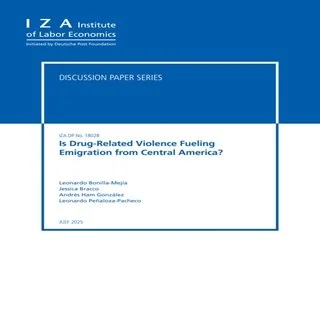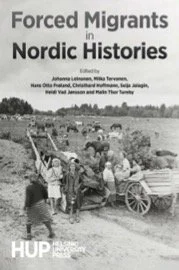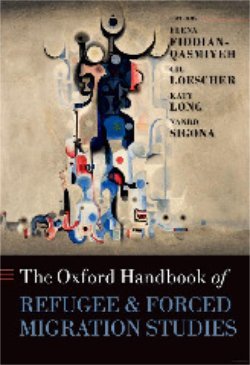Edited by Elena Fiddian-Qasmiyeh
Refuge in a Moving World draws together more than thirty contributions from multiple disciplines and fields of research and practice to discuss different ways of engaging with, and responding to, migration and displacement.
The volume combines critical reflections on the complexities of conceptualizing processes and experiences of (forced) migration, with detailed analyses of these experiences in contemporary and historical settings from around the world. Through interdisciplinary approaches and methodologies – including participatory research, poetic and spatial interventions, ethnography, theatre, discourse analysis and visual methods – the volume documents the complexities of refugees’ and migrants’ journeys. This includes a particular focus on how people inhabit and negotiate everyday life in cities, towns, camps and informal settlements across the Middle East and North Africa, Southern and Eastern Africa, and Europe.
A key dynamic documented throughout the book is the multiple ways that responses to displacement are enacted by people with personal or family experiences of (forced) migration. These people appear in many roles: researchers, writers and artists, teachers, solidarians, first responders, NGO practitioners, neighbours and/or friends. Through the application of historically and spatially sensitive, intersectional and interdisciplinary lenses, the contributors explore the ways that different people – across axes of religion, sexuality, gender, and age – experience and respond to their own situations and to those of other people, in the context of diverse power structures and structural inequalities on the local, national and international level.
Ultimately, Refuge in a Moving World argues that working collaboratively through interdisciplinary approaches and methodologies has the potential to develop nuanced understandings of processes of migration and displacement, and, in turn, to encourage more sustainable modes of responding to our moving world.
London: UCL Press, 2020.
















